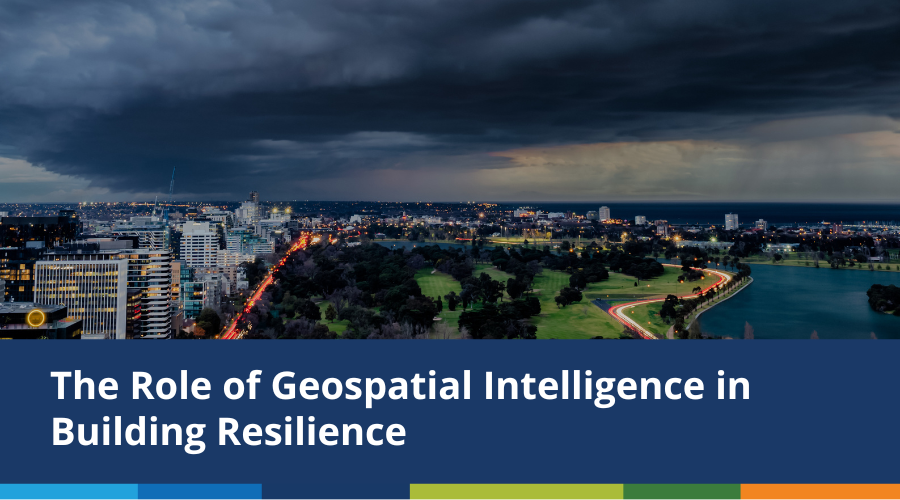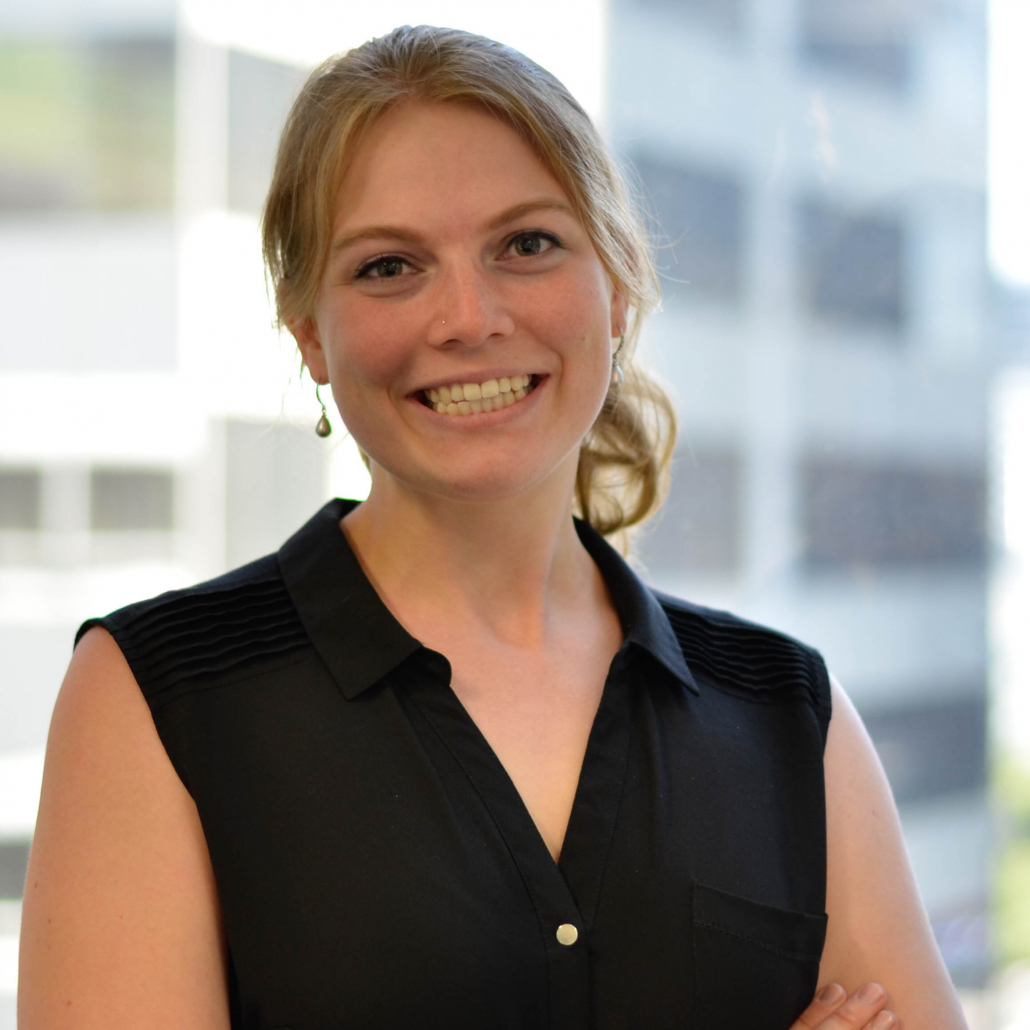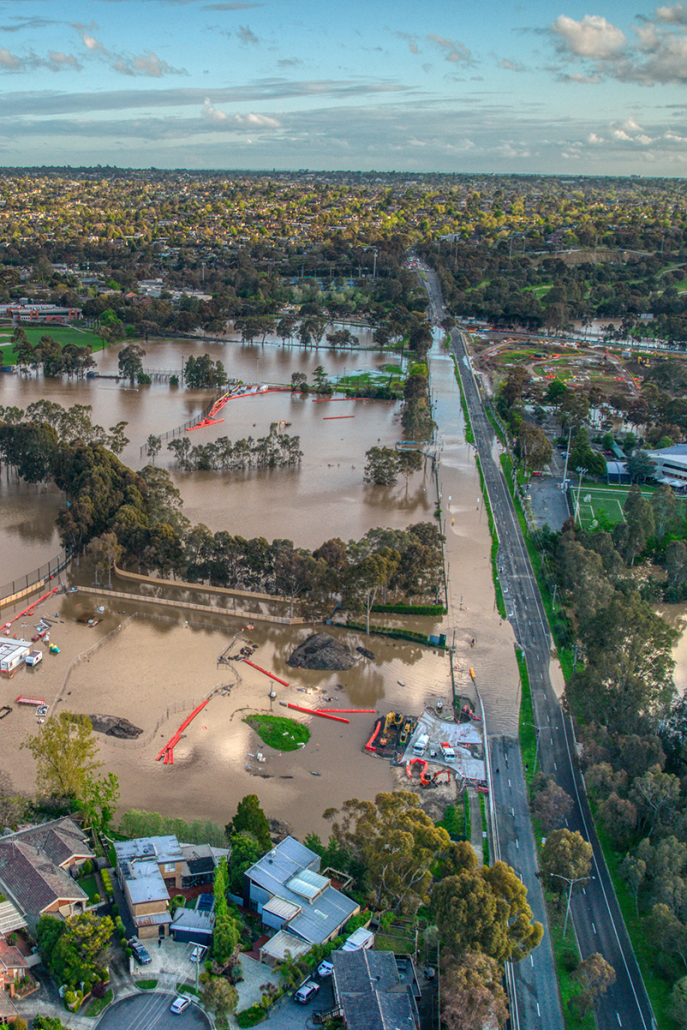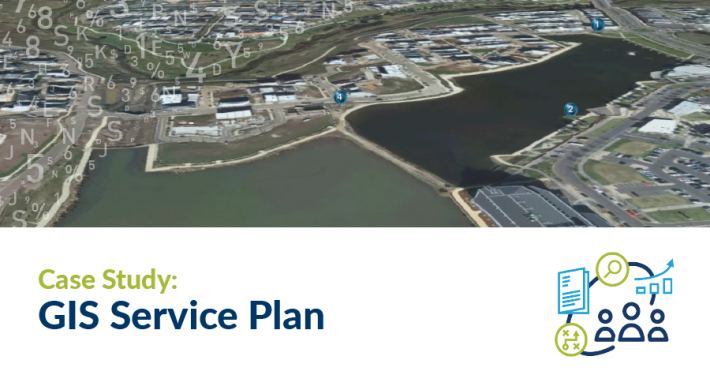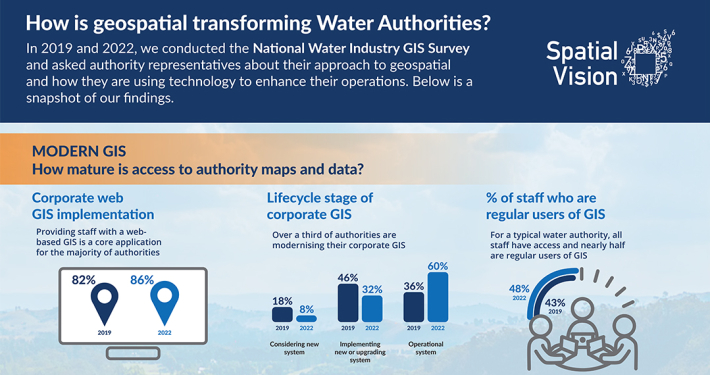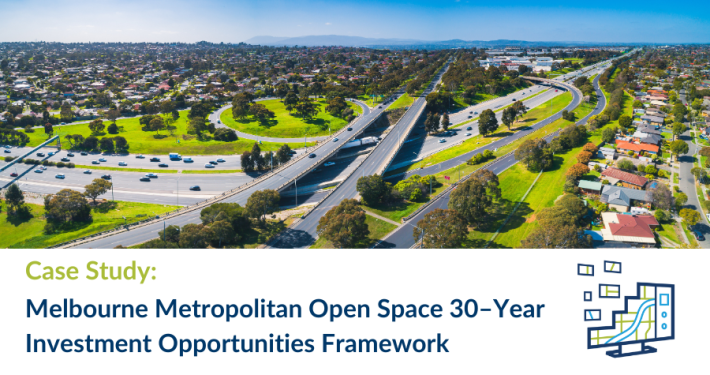Although a climate emergency is felt by everyone in an affected area, it is often those that are most vulnerable within a community that will feel the greatest impact and suffer lasting consequences. With the rising frequency and intensity of extreme weather events such as flash flooding, heat waves and bushfires, it is imperative now more than ever to strengthen our community resilience and support those most in need.
Spatial Vision Climate Specialist, Rhiannan Mundana
As the foundation to where an event occurs, why they occur and who it effects, preparing for and mitigating the effects of climate change and extreme weather events inherently needs a spatial lens. As such, geospatial intelligence emerges as a key tool in building community resilience by pinpointing, mapping, and effectively communicating the vulnerability of populations at the frontline of climate change’s repercussions.
Last year, Spatial Vision worked with the Minderoo Foundation and the South East Councils Climate Change Alliance (SECCCA) to develop a spatial framework that details how climate hazards and exposure over time, coupled with sensitivities and capacities of vulnerable populations, can be used to assess the likely vulnerability to these changes, and hence risk and impacts.
Developing a Spatial Framework to Map Vulnerability
The spatial framework accommodates the intricacies that render a population more susceptible to climate impacts — identifying sensitivity factors that respond to climate changes and measures of capacity that could alleviate potential impacts.
Designed to be applied in a two-tiered approach, the framework supports a region-wide understanding of vulnerabilities before focussing in on a deeper assessment of community and capacity considerations through a local-level climate scenario application. This tiered region-wide and event-based approach provides the framework that is repeatable, scalable and nationally-applicable.
Armed with this knowledge, decision makers can proactively prepare their communities for climate change impacts by enhancing their readiness through actionable strategies, tools, and resources.
A Spatial Framework Informed by the Social Sciences
The framework encompasses a socio-spatial perspective, considering the social, ecological, physical, institutional, and economic contexts in which vulnerable populations exist. It amalgamates spatial analysis fundamentals with insights from the social sciences, enabling the effective mapping of vulnerability among populations most threatened by climate changes.
This framework and the insights founded by its application to a specific location or region provides an invaluable resource for community development practitioners, local councils, emergency services and communities themselves, and has been developed to allow replicability and application across different regions and groups. It provides tools to identify and implement practical interventions aimed at bolstering resilience in the face of our changing climate and resultant extreme events.
For further information about asset and community vulnerability assessments, please contact us.
- Getting the most out of your GIS strategy & investment - July 24, 2024
- Climate Change & Homelessness: Understanding the Connection - July 24, 2024
- Navigating the complexity of geoscience data analysis - July 24, 2024

